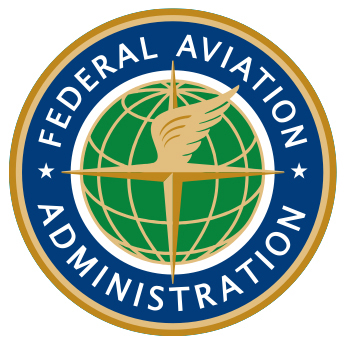WASHINGTON -The U.S. Department of Transportation's Federal Aviation Administration (FAA) today released its first annual Roadmap outlining efforts needed to safely integrate unmanned aircraft systems (UAS) into the nation's airspace. The Roadmap addresses current and future policies, regulations, technologies and procedures that will be required as demand moves the country from today's limited accommodation of UAS operations to the extensive integration of UAS into the NextGen aviation system in the future.

"This Roadmap is an important step forward that will help stakeholders understand the operational goals and safety issues we need to consider when planning for the future of our airspace," said U.S. Transportation Secretary Anthony Foxx.
The FAA's main goal for integration is to establish requirements that UAS operators will have to meet in order to increase access to airspace over the next five to 10 years. The Roadmap discusses items such as new or revised regulations, policies, procedures, guidance material, training and understanding of systems and operations to support routine UAS operations.
"The FAA is committed to safe, efficient and
timely integration of UAS into our airspace," said FAA Administrator Michael
Huerta.
The Roadmap also addresses the evolution of UAS operations once all
requirements and standards are in place and are routinely updated to support
UAS operations as the National Airspace System evolves over time. The document
stresses that the UAS community must understand the system is not static, and
that many improvements are planned for the airspace system over the next 15
years.
The FAA plans to select six UAS test sites to begin work on safely integrating UAS into the airspace. These congressionally-mandated test sites will conduct critical research into how best to safely integrate UAS systems into the national airspace over the next several years and what certification and navigation requirements will need to be established.

In February, the FAA asked for public comments specifically on the draft privacy requirements for the six test sites. Today, the agency sent a final privacy policy to the FederalRegister that requires test site operators to comply with federal, state, and other laws on individual privacy protection, to have a publicly available privacy plan and a written plan for data use and retention, and to conduct an annual review of privacy practices that allows for public comment. Information about the test site selection process and final test site privacy policy is available at: http://www.faa.gov/about/initiatives/uas/
For the next several years, the FAA will continue to use special mitigations and procedures to safely accommodate limited UAS access to the nation's airspace on a case-by-case basis. The Roadmap notes that this case-by-case accommodation will decline significantly as integration begins and expands, but will continue to be a practical way to allow flights by some UAS operators in certain circumstances.
In addition to the FAA's Roadmap, as required in the 2012 FAA Reauthorization, the Joint Planning and Development Office (JPDO) has developed a comprehensive plan to safely accelerate the integration of civil UAS into the national airspace system. That plan details a multi-agency approach to safe and timely UAS integration and coordination with the NextGen shift to satellite-based technologies and new procedures.
The UAS Roadmap (PDF) and UAS Comprehensive Plan is available on our website. FMI: FAA.gov